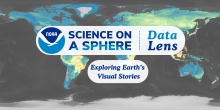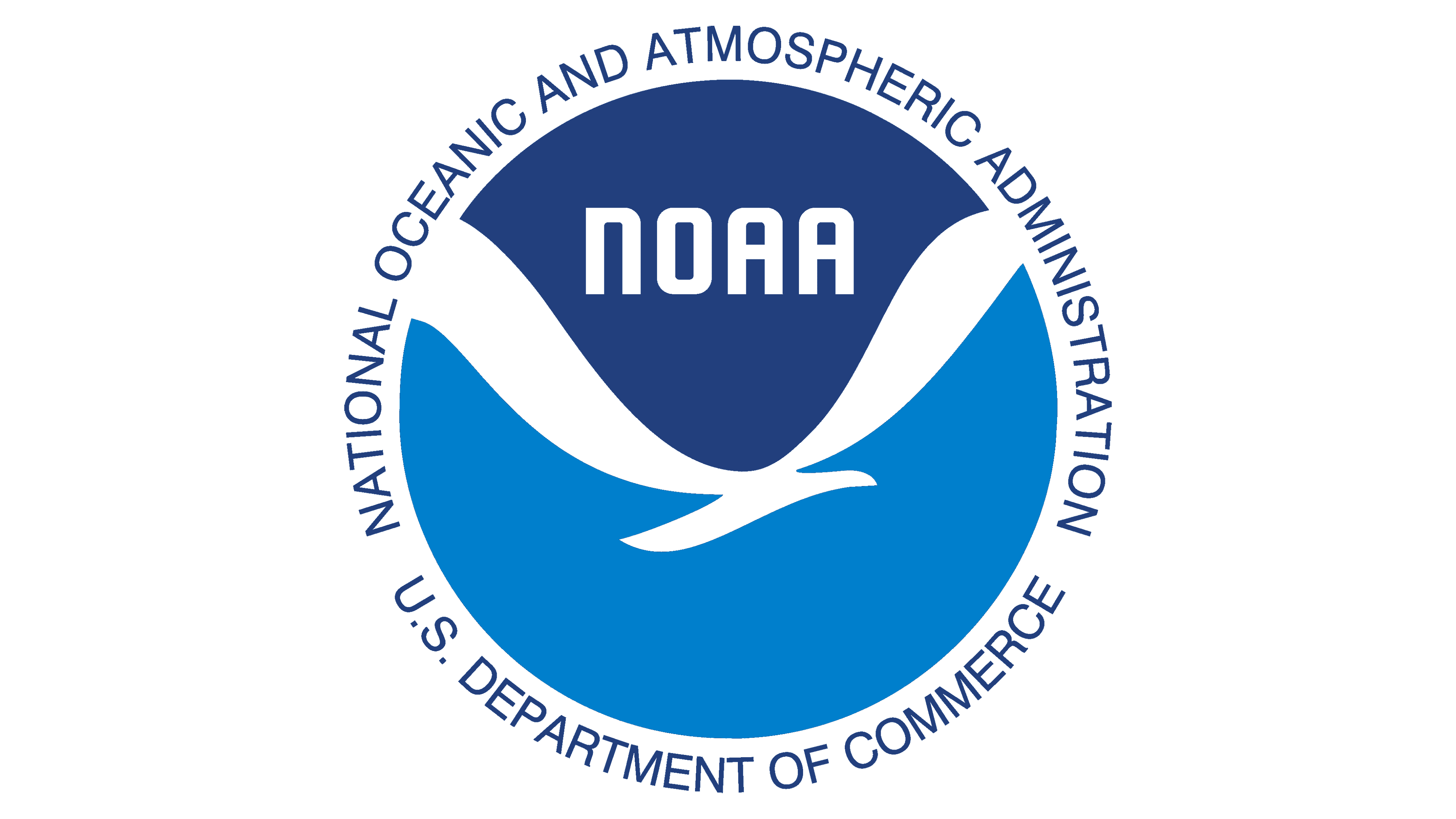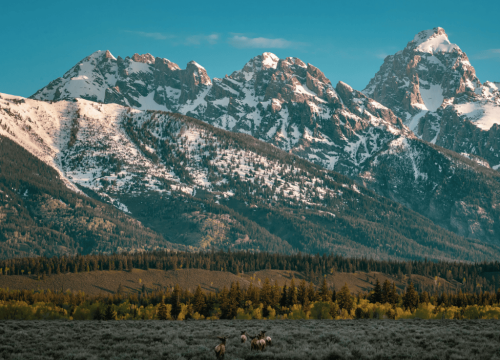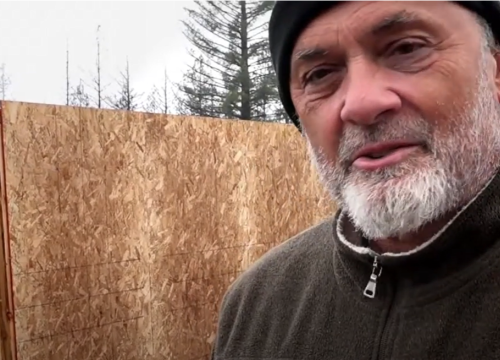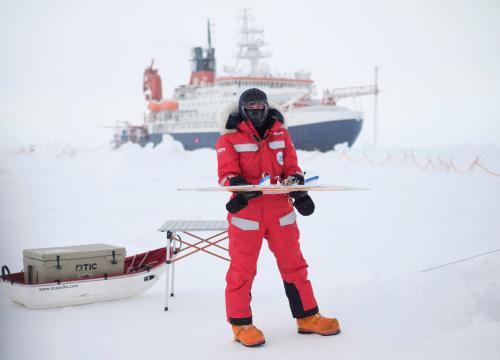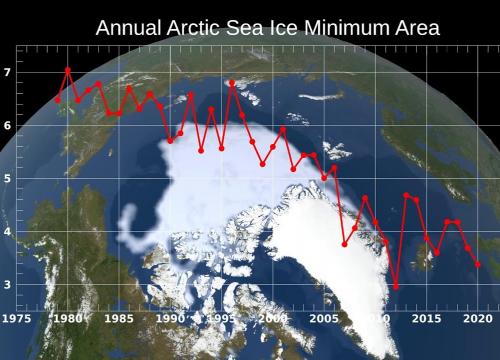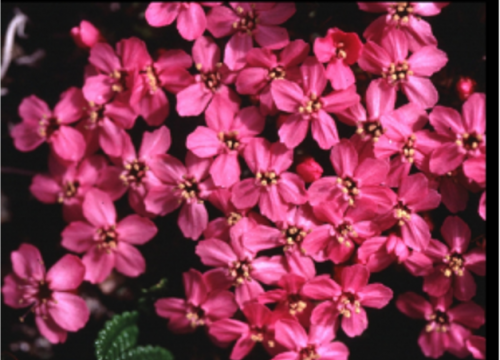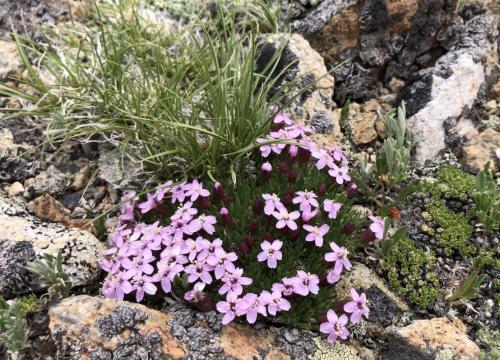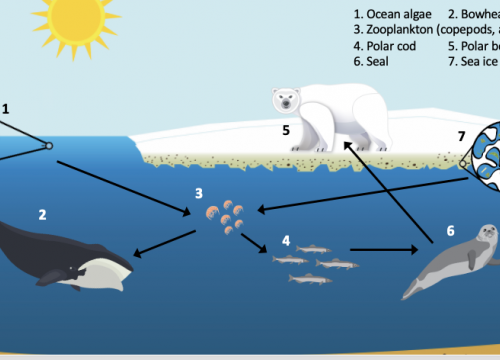Arctic Sea Ice and Glaciers - Effects of Albedo
Melting glaciers and melting sea ice have different effects on the planet but they both decrease the albedo or reflectivity of the Earth system and therefore, lead to more global warming. In this lesson, students will view an artist's timelapse paintings of a glacier in Montana, then inspect a map diagram of the 2024 Arctic sea ice minimum compared to the recent average area and answer questions.
Context for Use
In this short activity, students will strengthen their critical thinking skills by carefully observing the data, forming ideas, and backing them up with evidence.
While these maps do relate to weather, climate, ice, and albedo the real goal of this activity is to help students slow down, look closely, ask better questions, and support their ideas with strong evidence. However, if you’re teaching a unit on Earth’s radiation budget, positive feedback loops, or human impacts on climate this could be a great addition to your lessons!
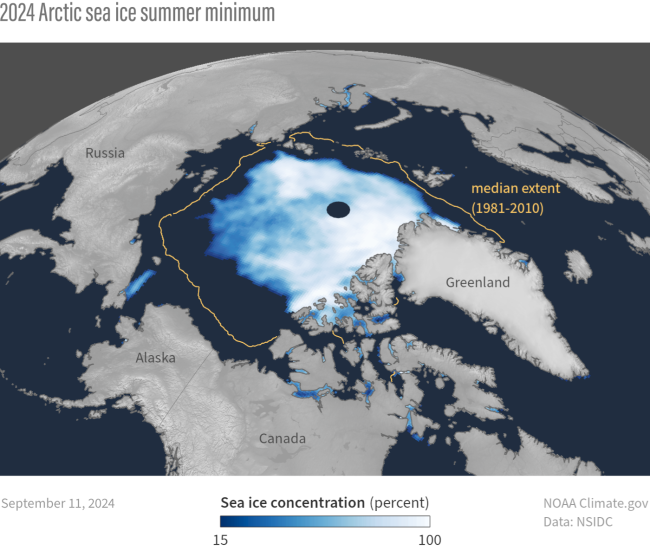
2024 Arctic sea ice summer minimum as compared to the median extent that has been averaged from 1981 to 2010.
Goals Header
What Students Will Do
- Students will strengthen their critical thinking skills by carefully observing the data, forming ideas, and backing them up with evidence.
